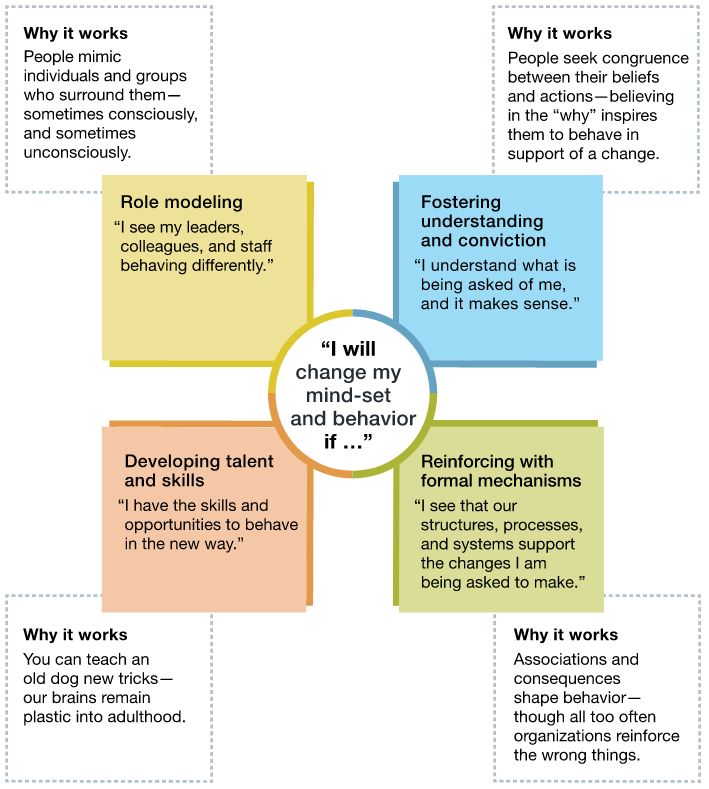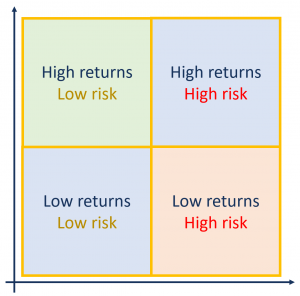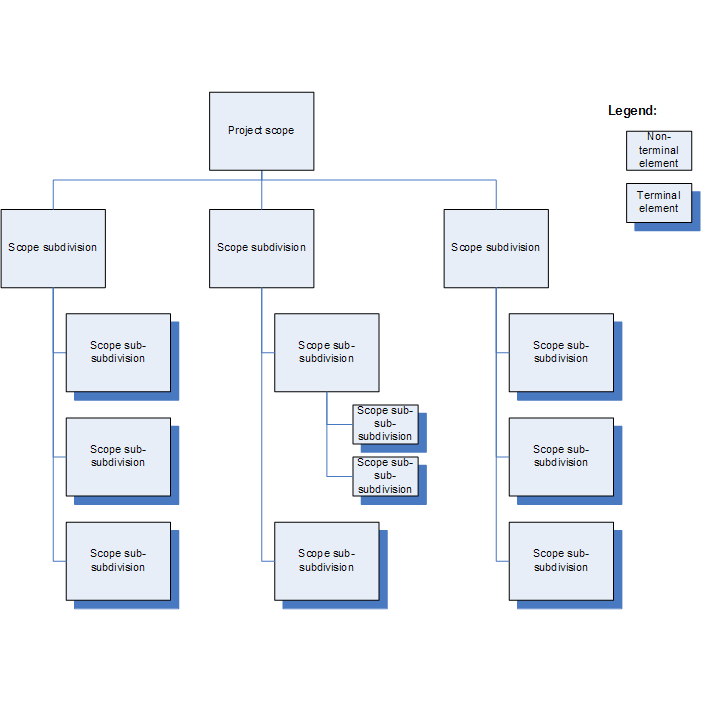
This article is part of the series on the 10 areas of knowledge. Visit the two articles already published on Project integration:
The 10 areas of knowledge. 1: Project integration management
Integration with the ITM Platform Project Menu
The 10 areas of knowledge. 2: Project scope management
Time management is not divination
Try ITM Platform and start managing the time of all your projects.
The PMBOK guide includes project time management as the third area of knowledge.
The time variable has a fundamental value in project management in order to meet deadlines and manage resources correctly. Programming is the axis from which we try to manage time with the objective of executing the action plan. To do this, the duration of the activities must be estimated according to the resources available to them. Exceeding the established limits will always incur an additional cost.
A very frequent mistake when managing projects is to think that it is enough to make an excellent plan to achieve good time management. This error is usually corrected with experience, once you understand that to get the estimates right and to know the time required by each task in detail it's only the beginning of the work.
In general, delays of some kind are inevitable, so the most important thing is not to be able to eradicate them by means of precise estimates.
No, the fundamental thing in time management is to go beyond planning, not to think that a realistic estimate is the final success: if it comes out, it will be by chance and by the lack of concurrence of the adverse circumstances envisaged in the risk plan. It is much more important to perform constant follow-ups, listen to the team, measure deviations and keep clients and project sponsors informed about the project progress.
Translator metaphor
Imagine a simple, linear project consisting of a single task and a single resource. For example, the translation of a book. A translator confronts each book with a different project with a unique result. Each book is unique. But all the projects look very similar.
When evaluating the time it will take to complete each translation, the translator performs a simple calculation: translate a test page, after which multiply the elapsed time by the number of pages and by a factor of 1.5. This factor allows the translator to conduct the review and documentation phases, without which the project would not have the required quality.
So the calculation has allowed the translator to deliver on time.
However, one day he agreed to coordinate the translation of a botanical volume composed of different authors in different languages. Although he will have to translate most of the content, other translators will take care of different articles.
The translator applies his method to estimate the approximate time that the translation of the articles will take, asking each collaborator to do the same. Due to the first estimate not taking this into account, the success of delivering the project on time would be pure chance. In contrast, our translator provides biweekly deliveries to check the project progress. When identifying delays, talk to the employee to know what has been done and take action accordingly, such as incorporating a terminology expert into the project; or the extension of delivery time.
This simple example shows how important planning is to be able to act when a delay arrives.
Steps to manage the time of your project
1. Define activities
The first step is to define the tasks, the milestones and the stipulation of all the activities that are necessary to complete the project.
At this point you can accumulate all the tasks in a Gantt diagram, which allows you to simply and quickly sketch the entire plan. It is more important to focus on defining the time required for each task, without setting specific dates.
2. Sequence of activities
When the tasks have already been defined, they must be organized. The dates are still not important at this point, we should now focus on ordering the activities giving them meaning and apply logic. Sub-tasks can be created when deemed necessary to improve time management.
Once activities are in order, add dependencies between tasks, specifying whether they are start-start, start-end, or end-end dependencies. For example, if the project consists of building a villa, before starting to project, it will be necessary to select the land on which it will be built, since it has many easements with constructive characteristics. If the terrain selection is delayed, the entire project will automatically be delayed.
3. Predict the resources available for each activity
In this step, we must evaluate the demand for human resources and compare it with the existing supply for it. Once developed, you will get a perspective on whether the estimated resources are sufficient for development in the time set for each task. The scarcity of certain skills (or their higher price) can cause delays in the plan.
After allocating resources to the various activities, it is advisable to review the dependencies of each task and associated resources. Once all the information has been broken down, it will be possible to check if there are overlapping activities and therefore require additional resources.
4. Develop and monitor the program
It is important to review the Gantt chart with all participating teams to ensure that you have full compliance before you start. At this meeting, it is important to:
- Move any doubts you may have after planning
- Collect suggestions and comments from team members who can help with time management, such as the existence of technical difficulties or experience with similar projects.
- Ensure that all participants or team members understand their role in the project and commit to carrying out the assigned activities or tasks.
As we said, the phase of control of the calendar is more complicated than that of planning, since it involves the effort to impose contingencies and the natural entropy of the project. Therefore, time management implies an almost obsessive dedication to supervision and verification in which it is essential to have methodologies, processes and technological systems that support such activity control.
Performing correct planning of the time following the indicated steps will result in company objectives being achieved, create confidence, improve competitiveness and profitability. If it is considered that sufficient resources are not available to carry out a specific task or activity, and there is no way to obtain more resources, there is a margin of reaction that will allow to modify the task based on the resources available in the organization.

 This is a guest article by Elizabeth Harrin. Elizabeth has recently published a
This is a guest article by Elizabeth Harrin. Elizabeth has recently published a 
 For change to be carried out under optimal conditions, it must influence a series of attitude changes in the workforce to ensure that it is carried out successfully, both individually and collectively.
For change to be carried out under optimal conditions, it must influence a series of attitude changes in the workforce to ensure that it is carried out successfully, both individually and collectively.
 Too much innovation can be bad
Too much innovation can be bad



